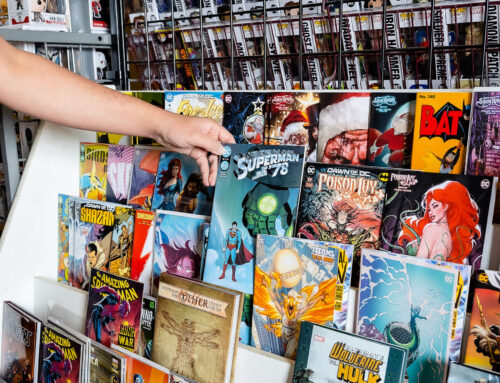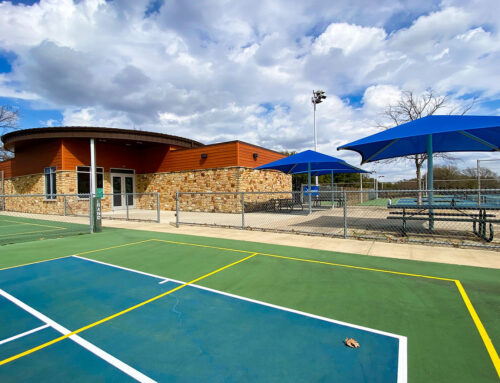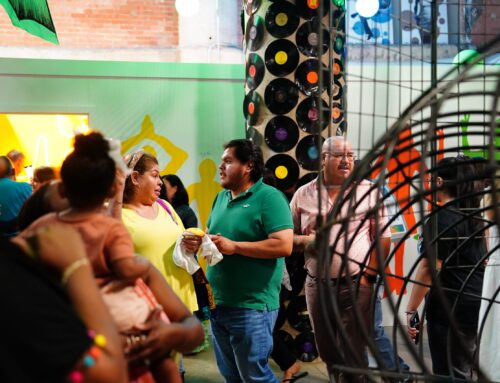Organizers believe the next graffiti cleanup in our neighborhood could be the biggest yet
SIDEBAR:
What: Graffiti Wipeout Day
When: Saturday, March 25, 9 a.m.-noon
Where: Meet for breakfast at Central Square Park, 3003 Swiss at Oak
Wear: Paint clothes appropriate for the weather
What else: Lunch provided by the Meadows Foundation will be served afterwards
For information: Call Scot Williams at 214-793-1881
Off the top of his head, Bill Peterson can name most of the locations in our neighborhood marked by graffiti. He has taken photos of more than 100 of these sites and hopes that after graffiti wipeout day, any trace of spray paint will have disappeared — possibly for good.
“It’s broken window syndrome,” says Peterson, a Peak’s Addition resident. “If you clean up your neighborhood, that says to the folks living on the edge that, ‘Hey, we‘re watching you, we don’t like that stuff, and if you don’t want to go to jail, go do it somewhere else.’”
Peterson and others like him in our neighborhood who have been painting out graffiti for years believe their efforts have made a visible difference. They’re hoping to recruit more people to the cause during Graffiti Wipeout Day, which “could turn out to be the biggest graffiti clean-up ever” in Dallas, says Little Forest Hills resident Scot Williams.
The event, organized through Councilman Gary Griffith’s office, will cover an area at least twice as large as any of the previous clean-ups with teams tackling everything from I-75 to I-30 to Lakewood. Events in previous years have attracted as many as 75 volunteers; organizers hope this year’s will draw 100 or more. Peterson says the abatement will target three types of graffiti: taggers, murals and gang graffiti. Taggers, he says, are the people who “tag” utility poles and such with their specific markers.
“They think it’s cute, and they can do it in 10 seconds, and it just does an enormous amount of damage,” Peterson says.
The murals or scrollwork cover much larger spaces and are more decorative, but Peterson refuses to refer to their designers as “artists” because “that’s too generous.”
“Some of them could go out and make money doing this, but they don’t — they deface public property,” he says.
Gang graffiti is what happens when gang members mark their boundaries with their logo or “test their territory” by spraying out another gang’s logo, Peterson says.
To get rid of all this graffiti, volunteers will either paint over it or use a chemical treatment to remove it, depending on the surface. They will split up into teams with an experienced team leader, and police will escort the teams sent to an “edgier area,” Peterson says.
Purging graffiti requires persistence. Peterson and a friend abated one area twice, and each time gangs immediately returned to mark it. But they went back to clean it up a third time last fall, and to this day the area remains essentially graffiti-free.
“What we’ve noticed is once you clean it up, it sticks,” Williams says. “The graffiti artists aren’t winning — we’re winning.





